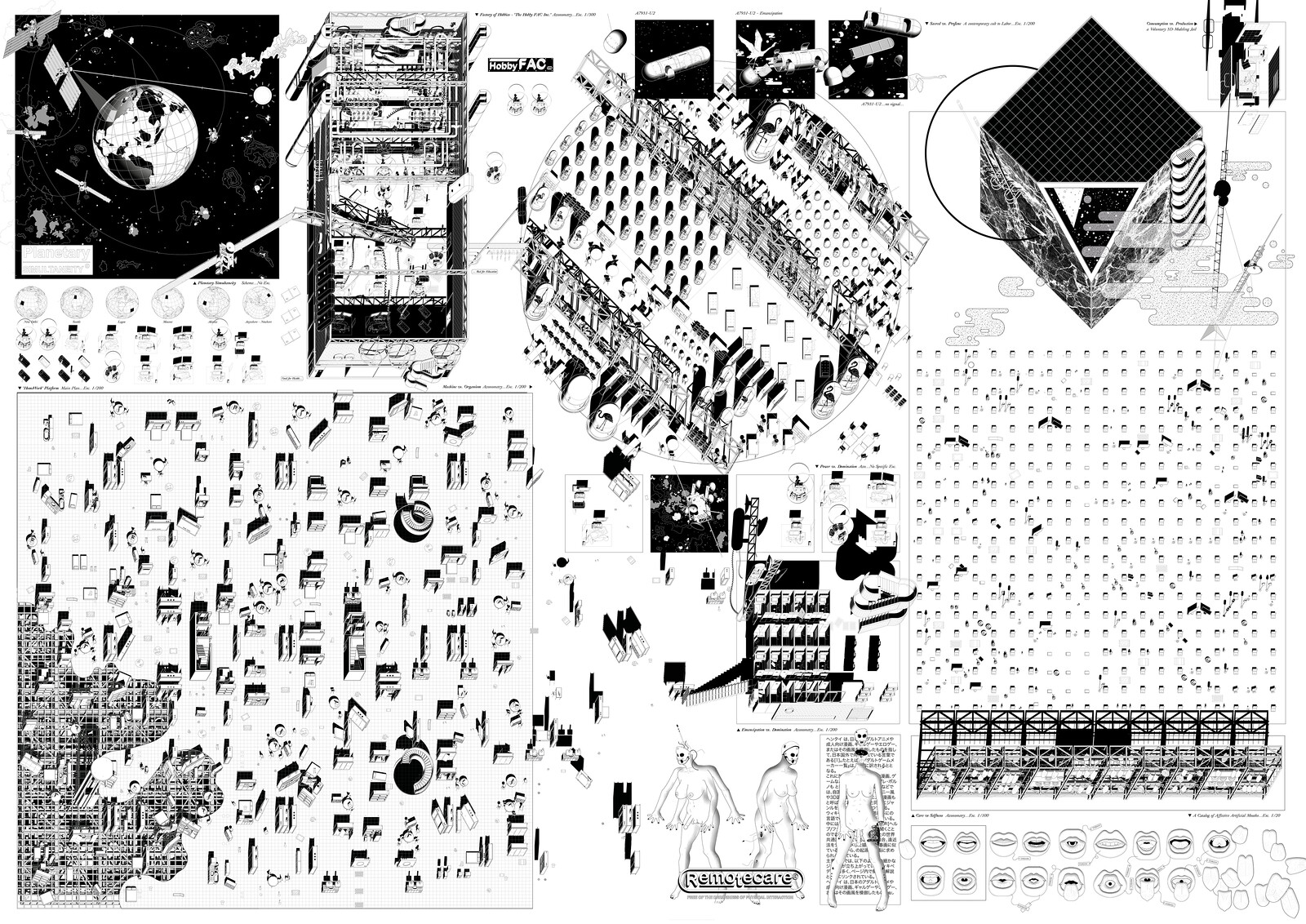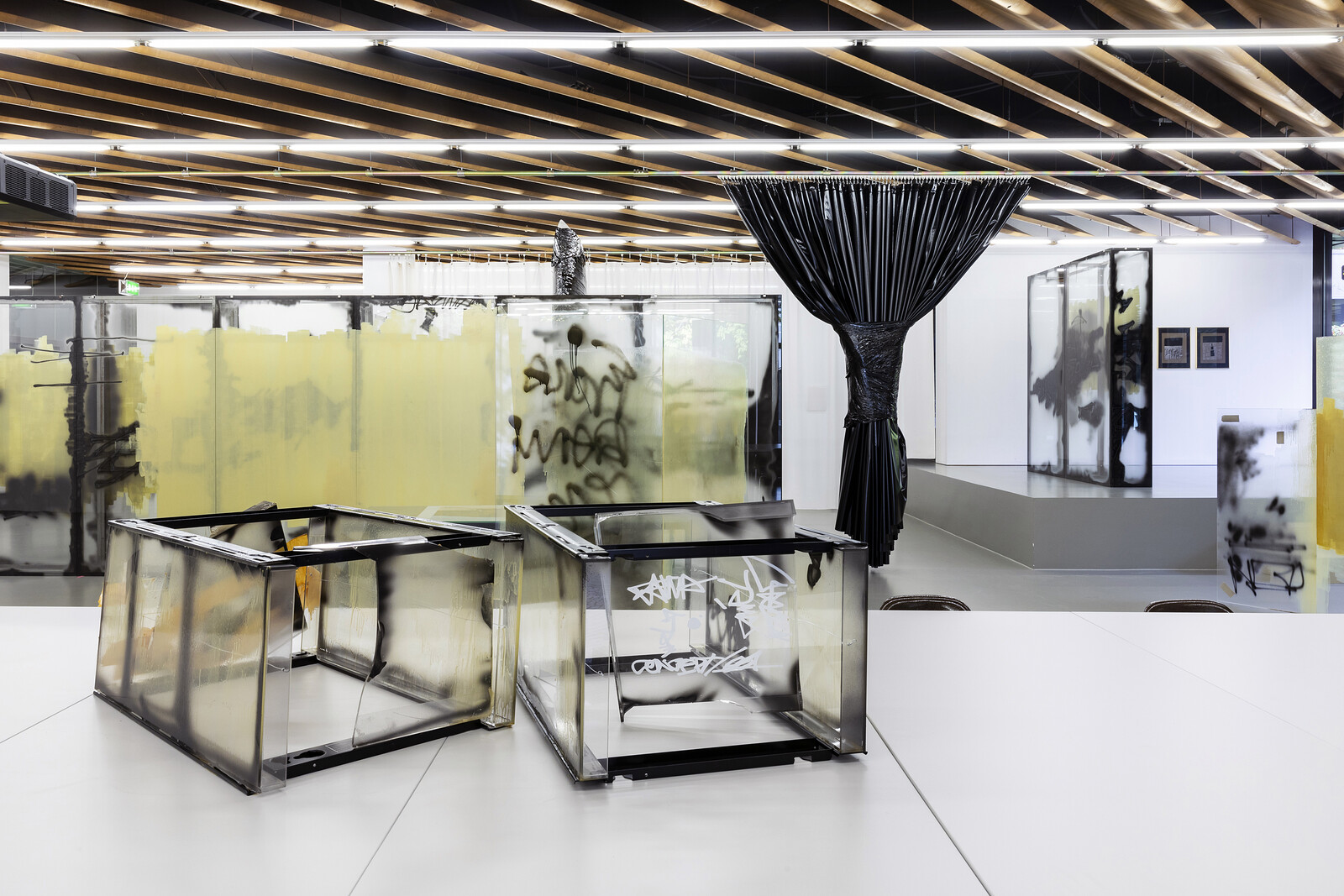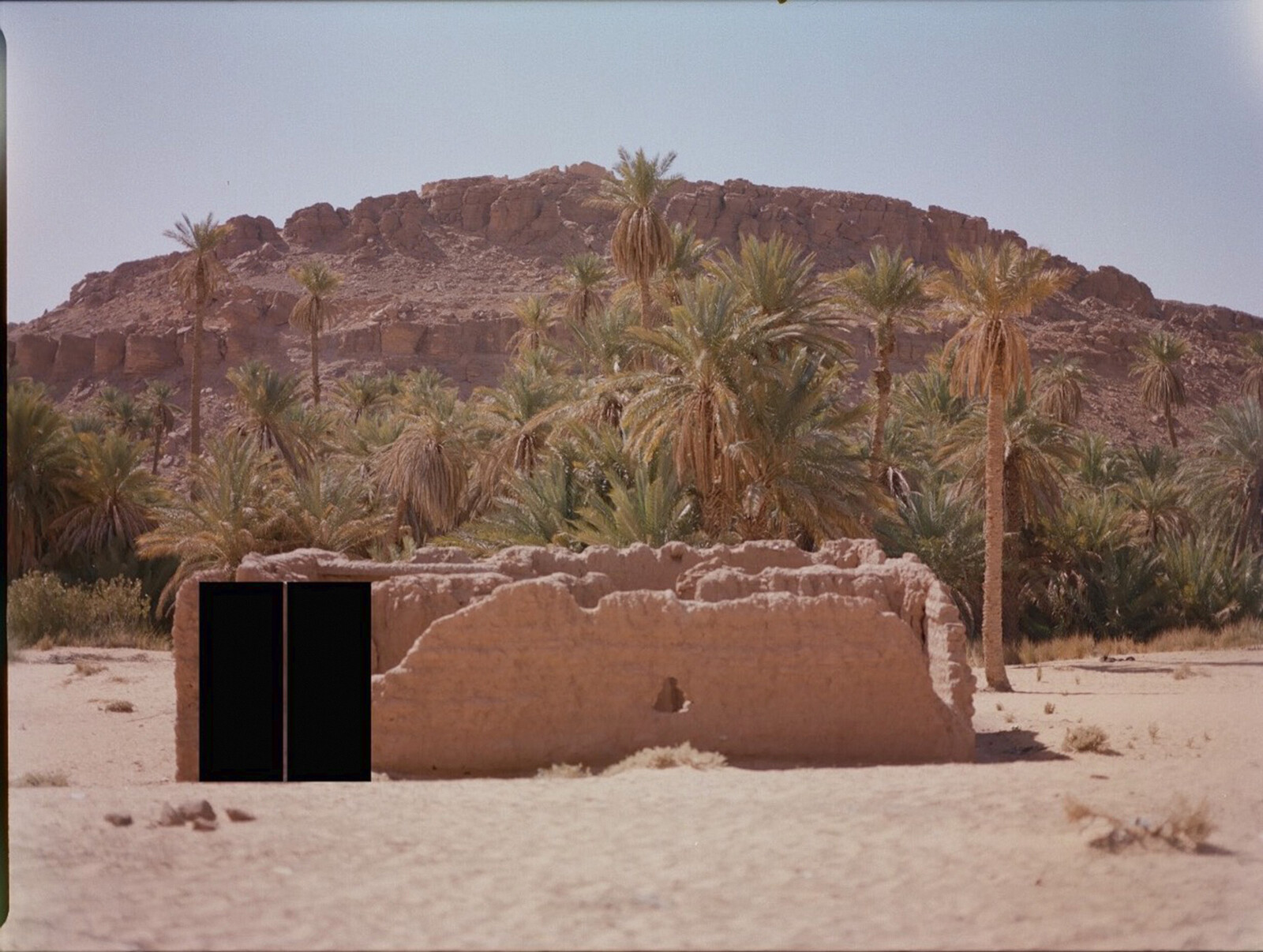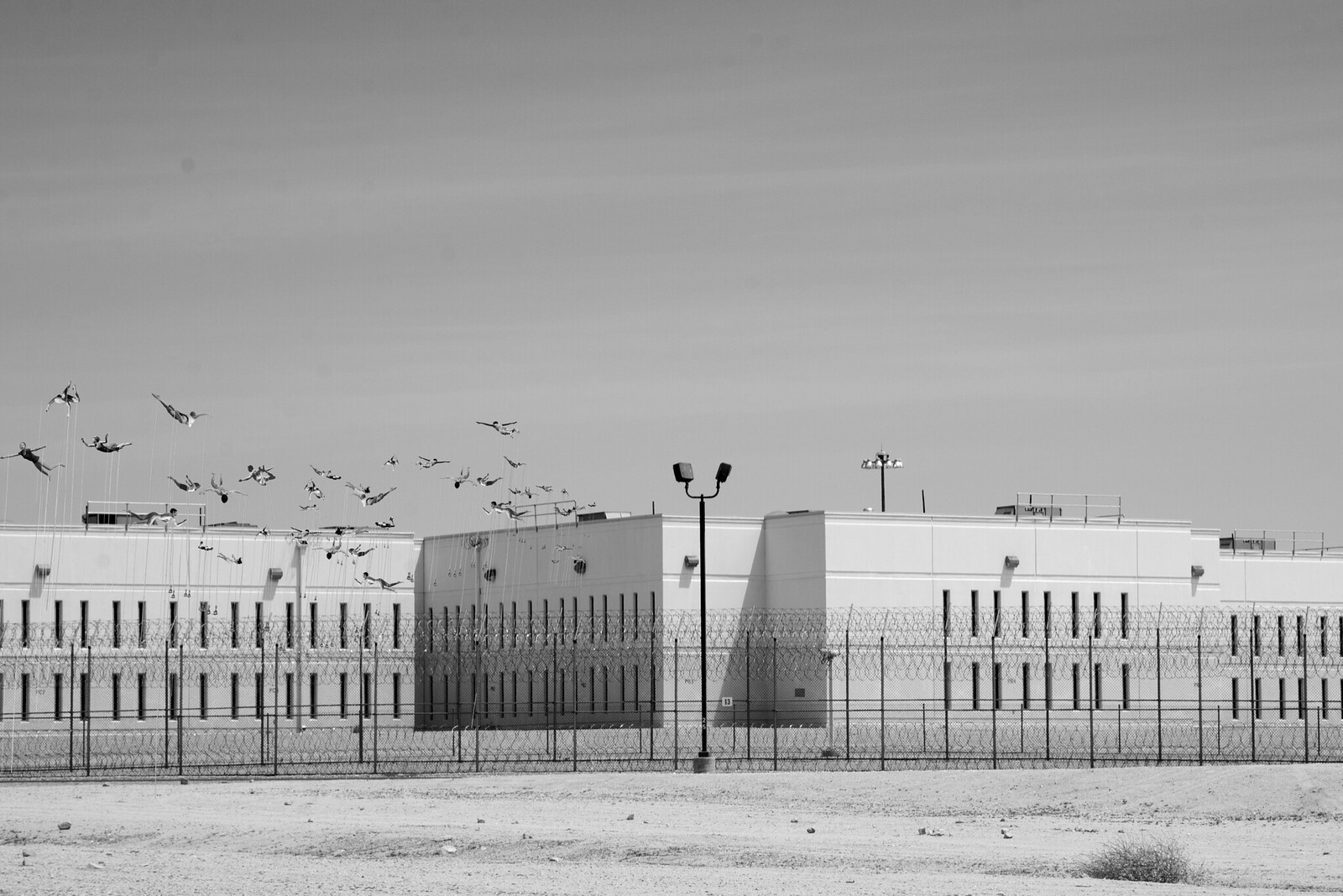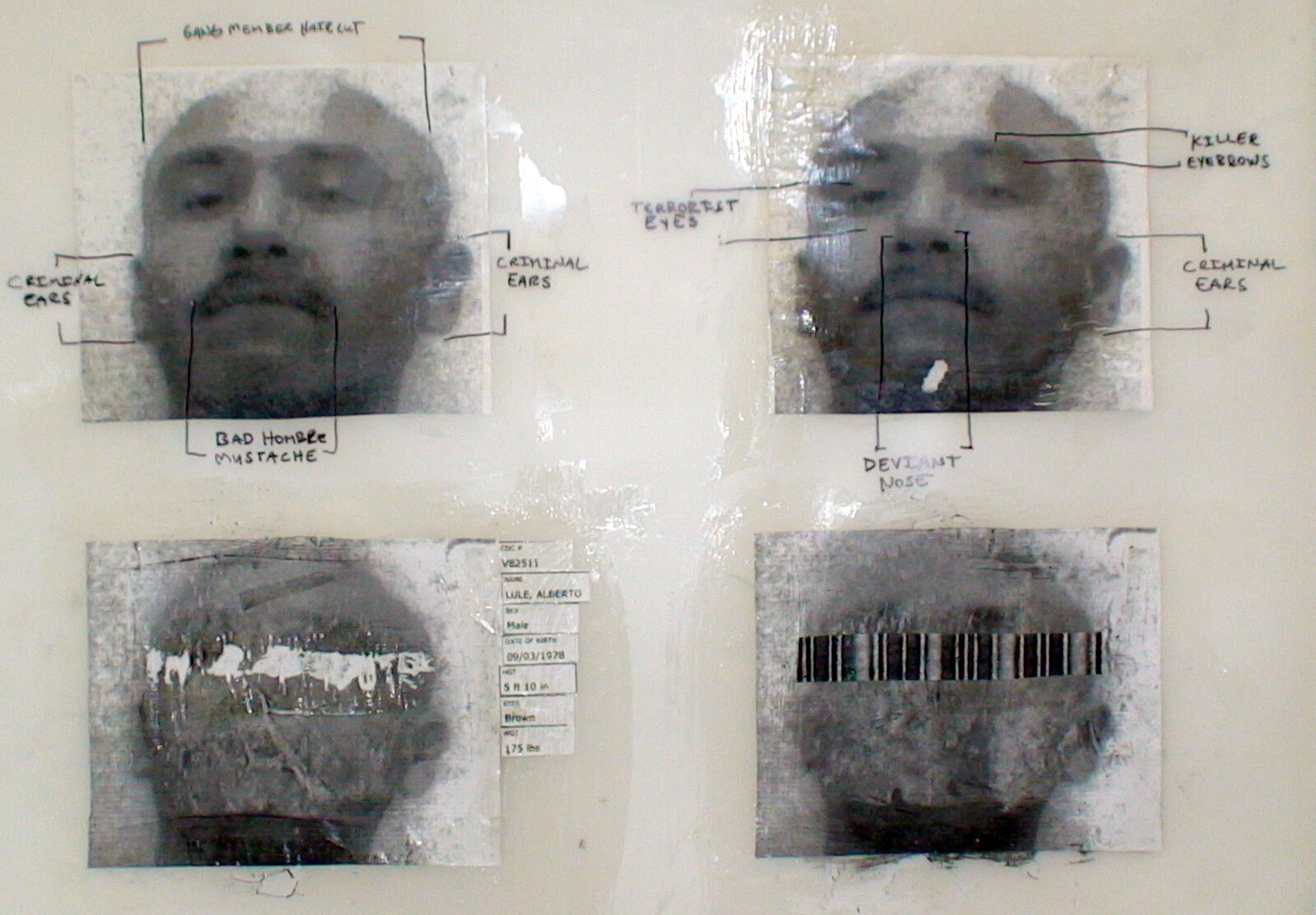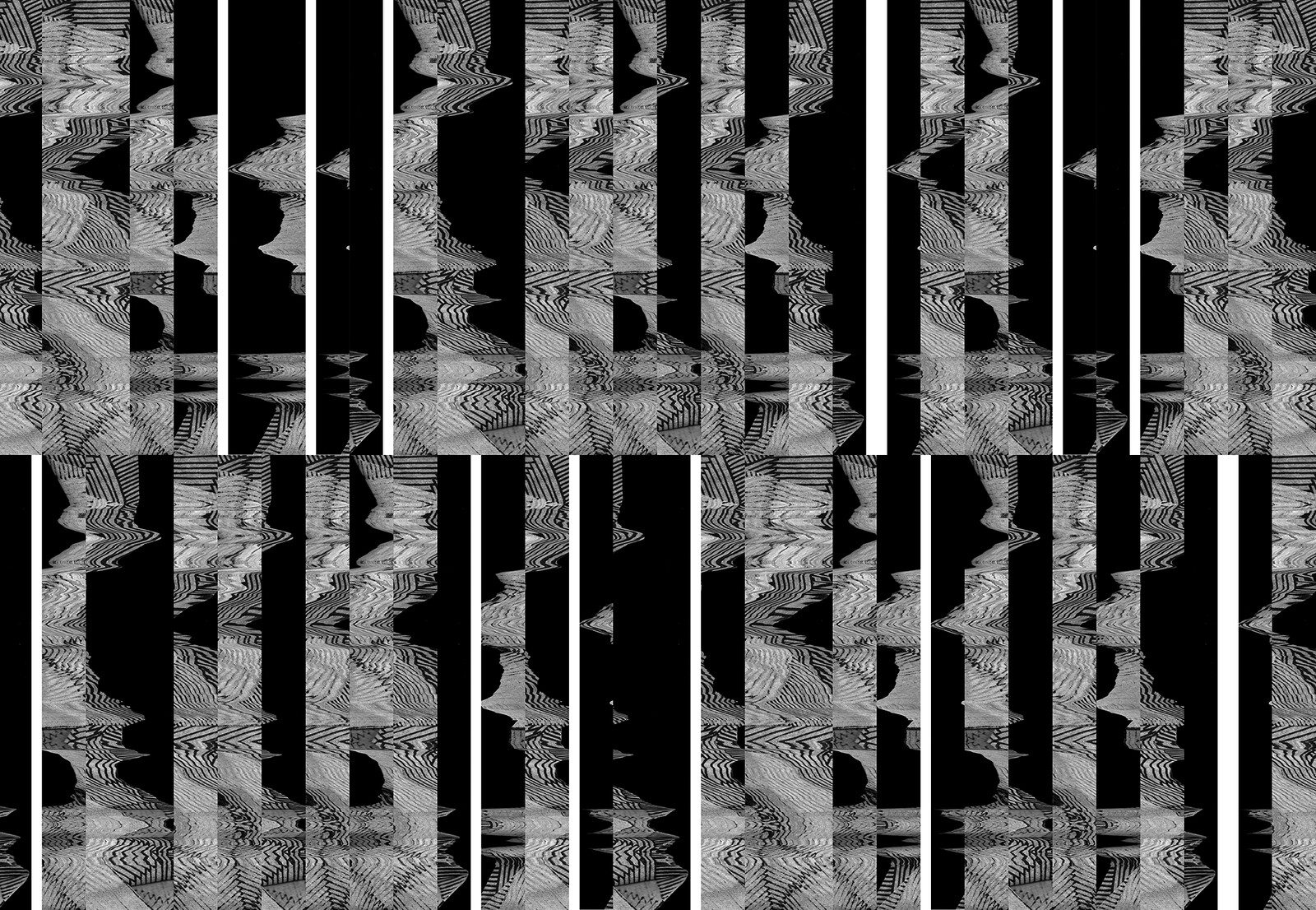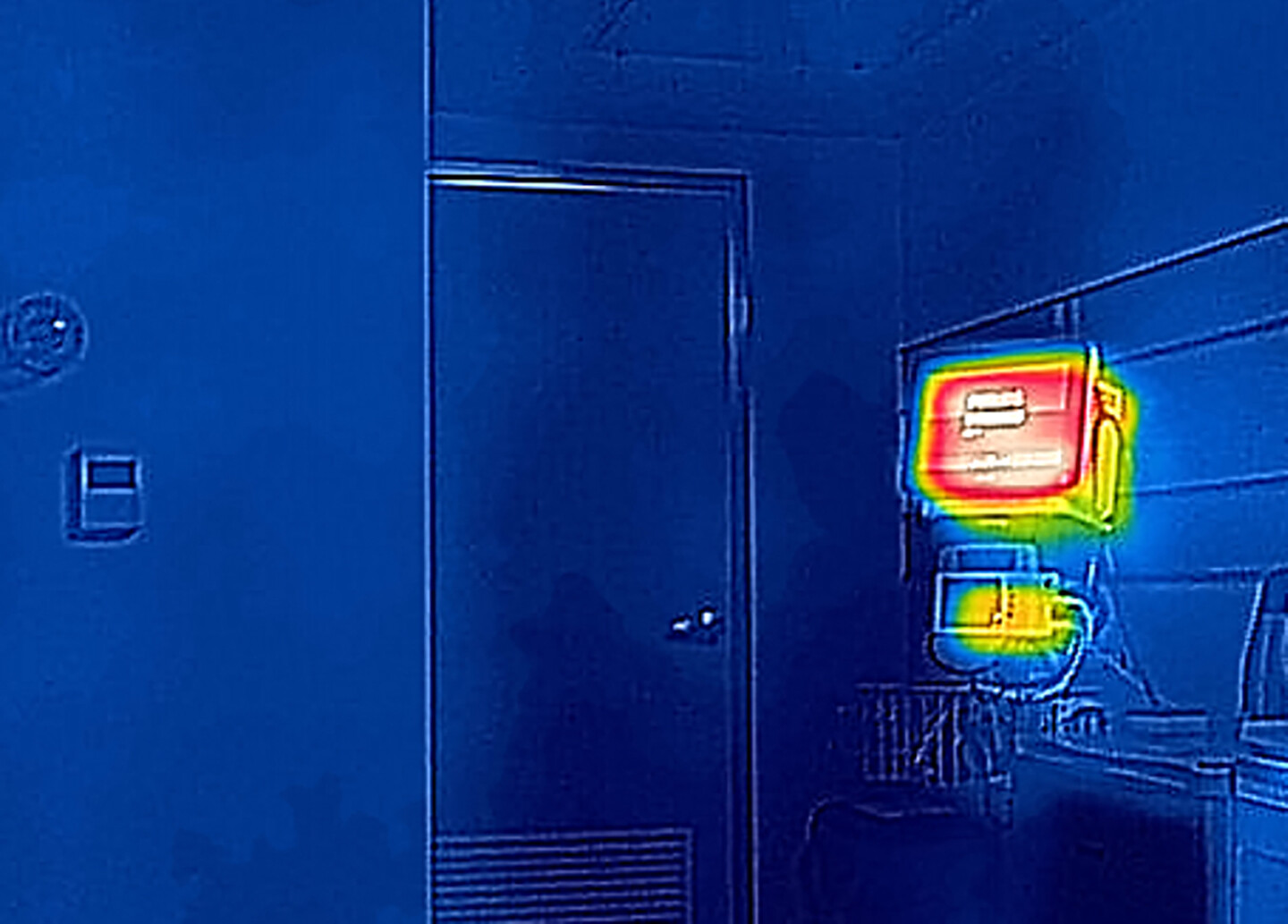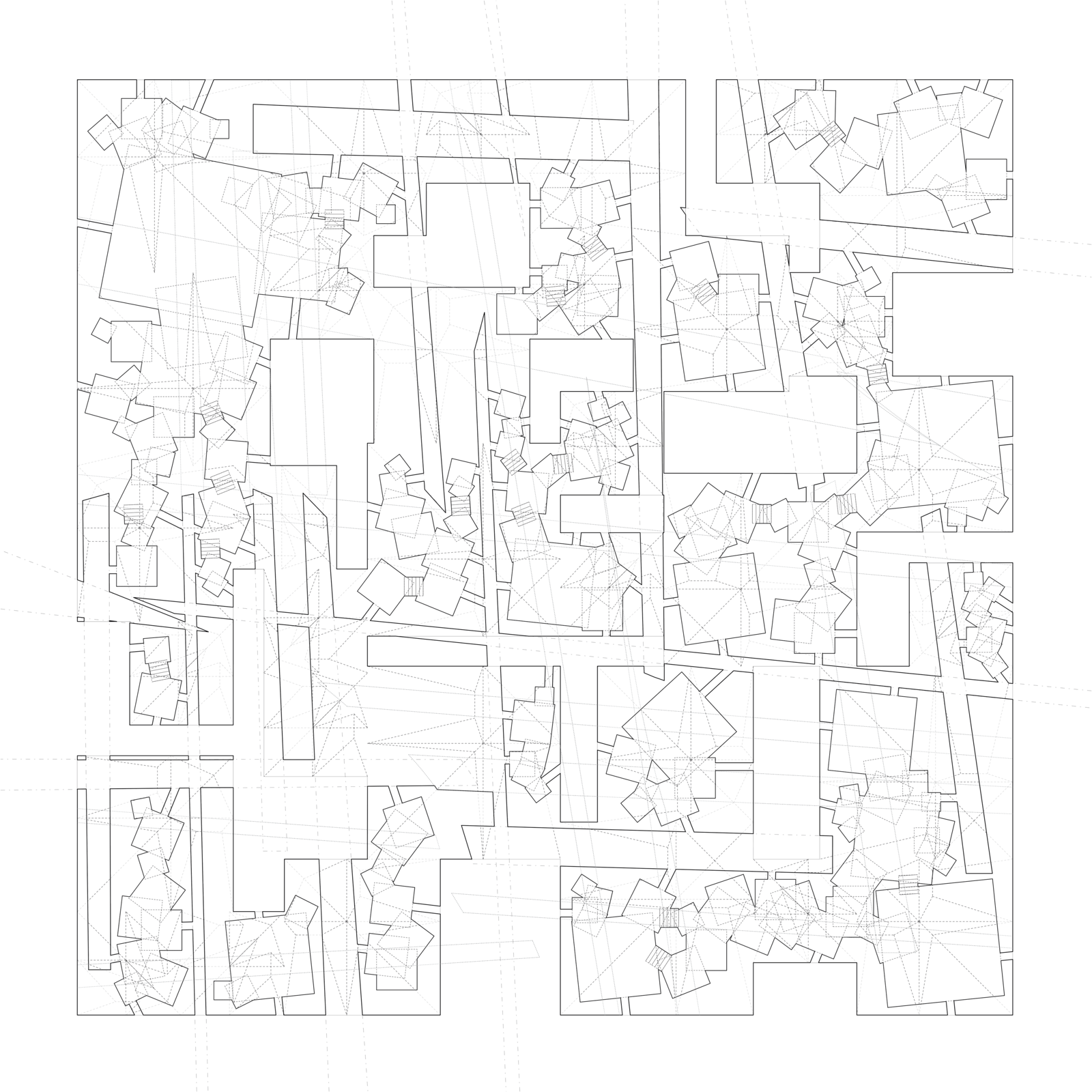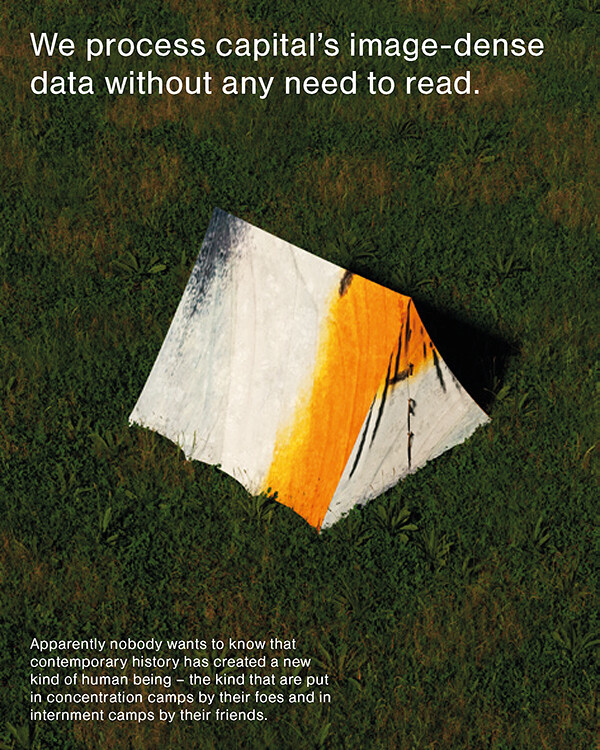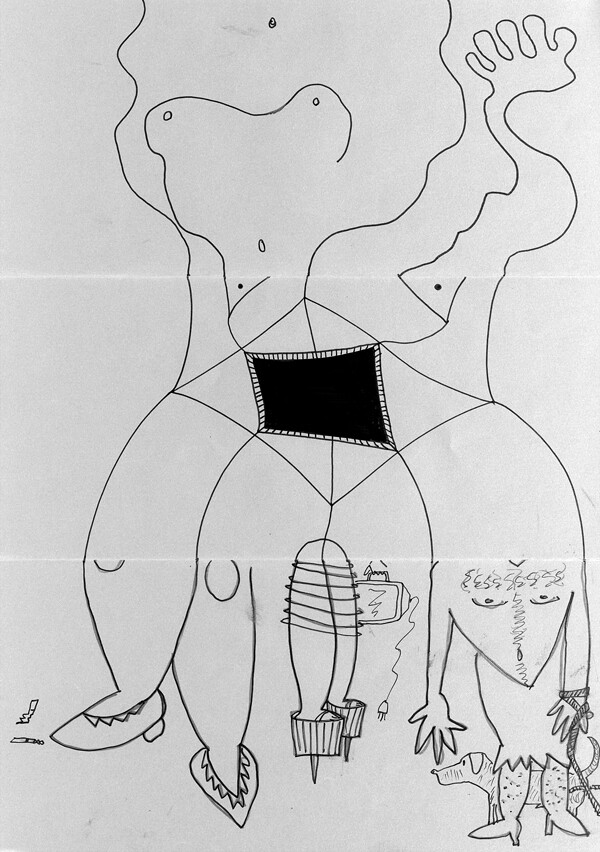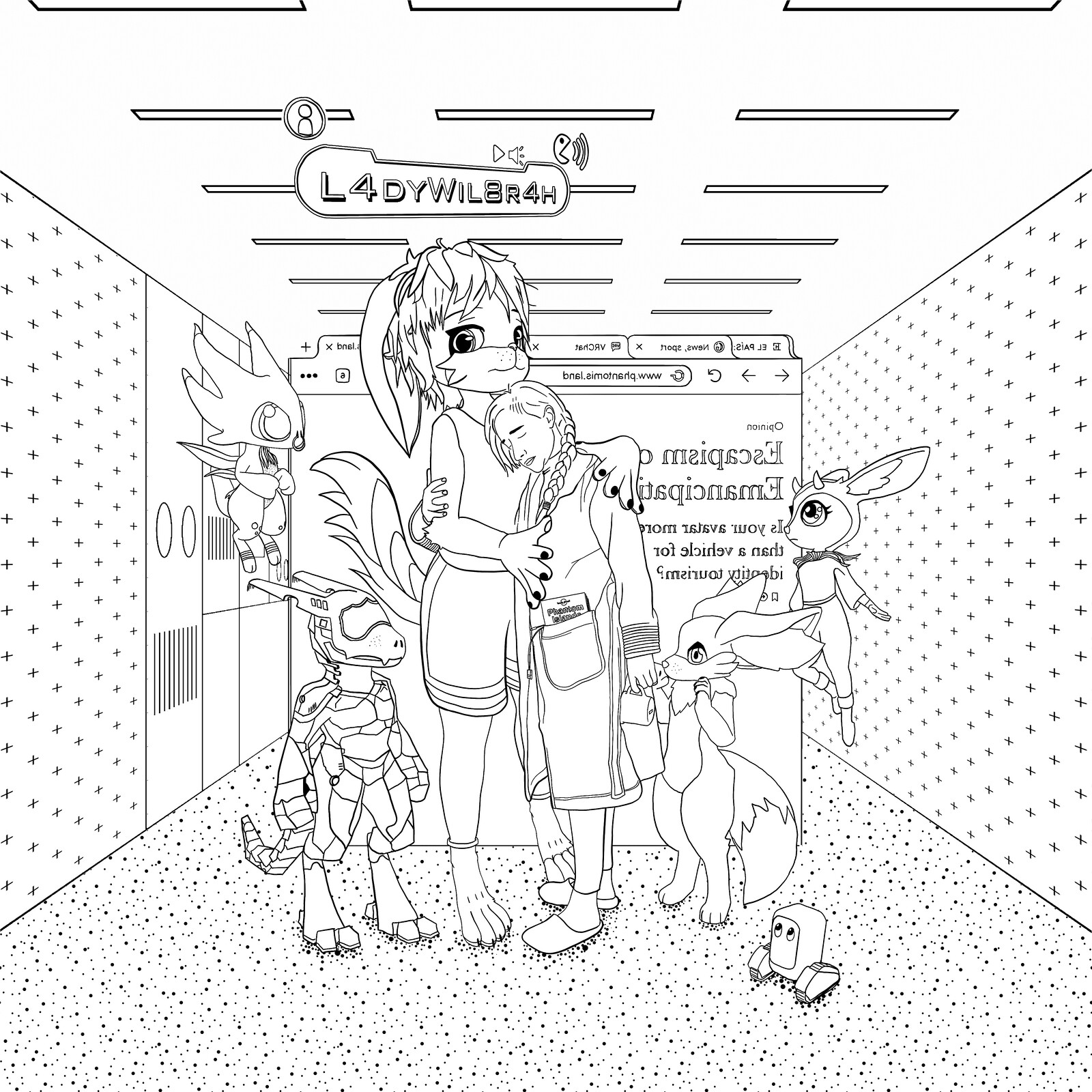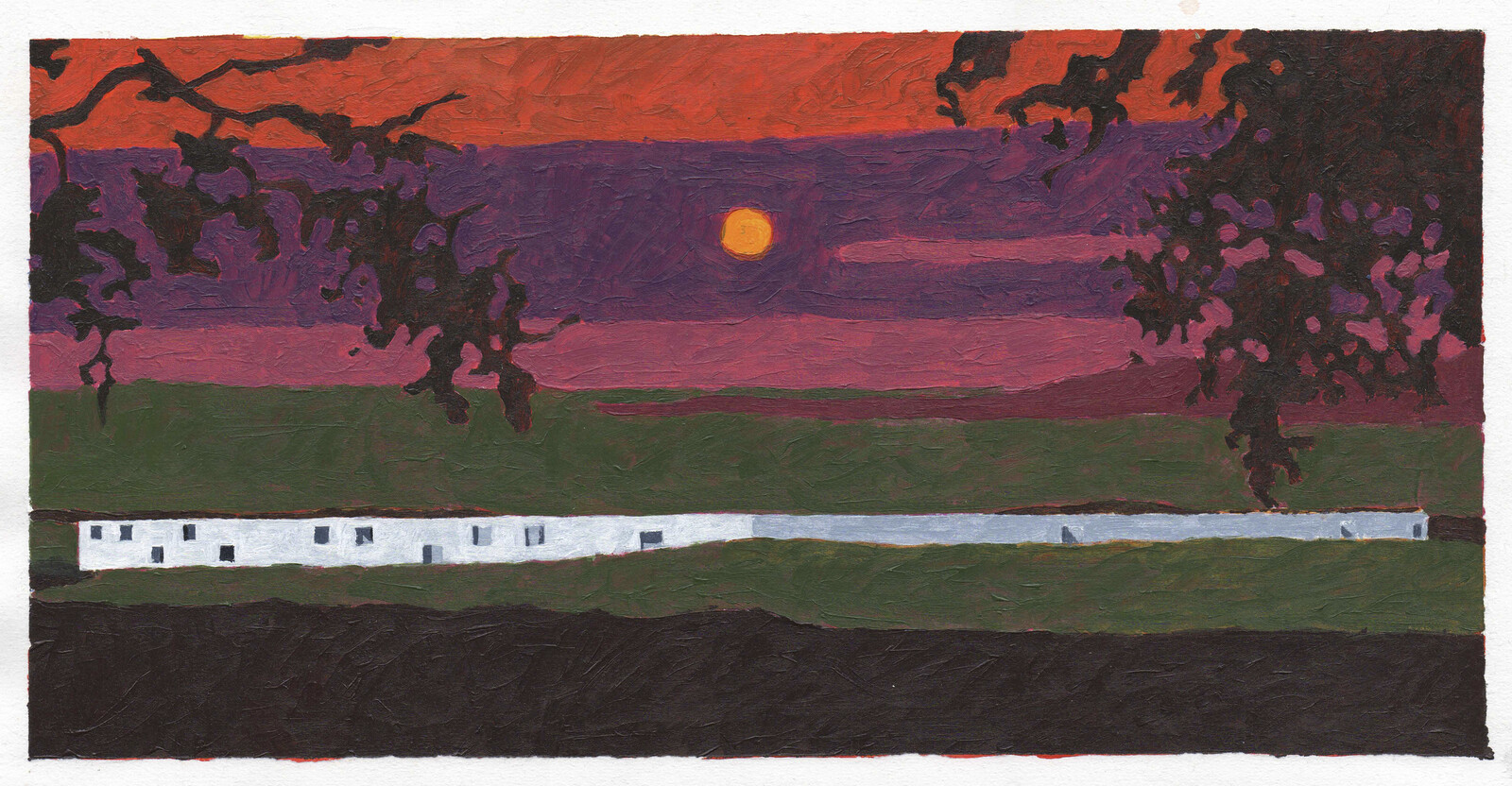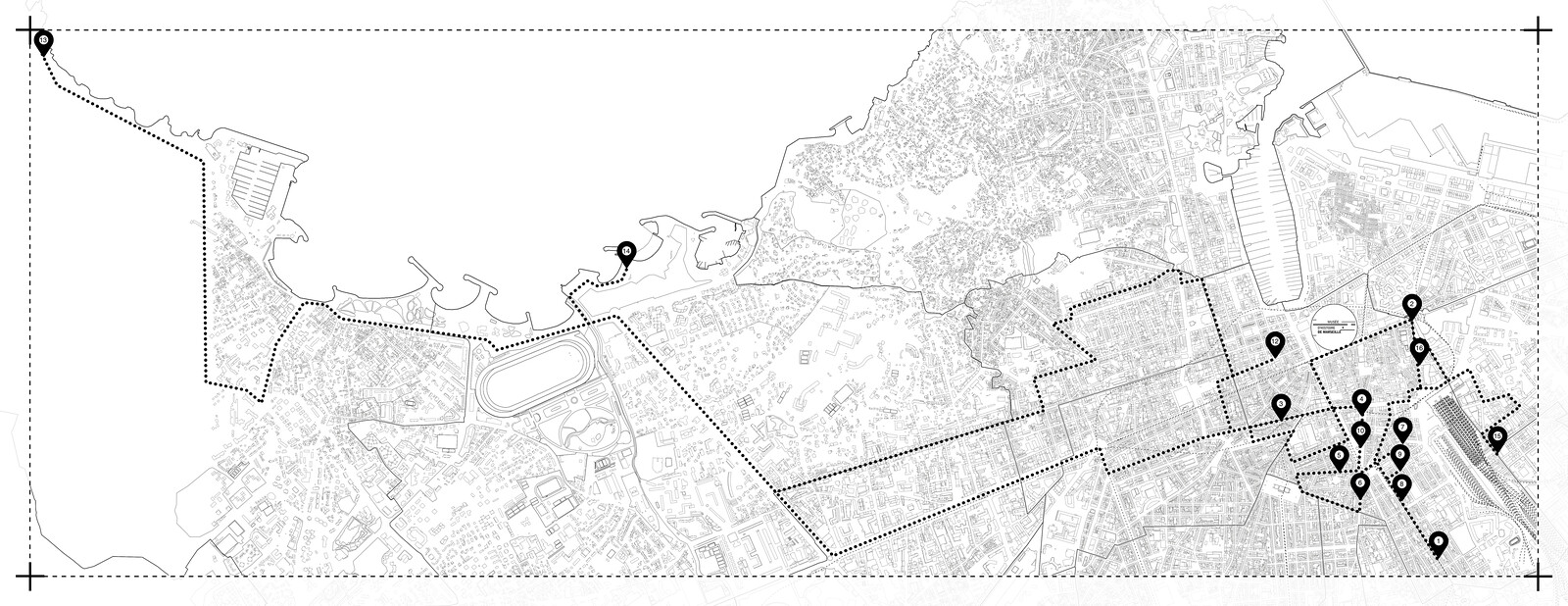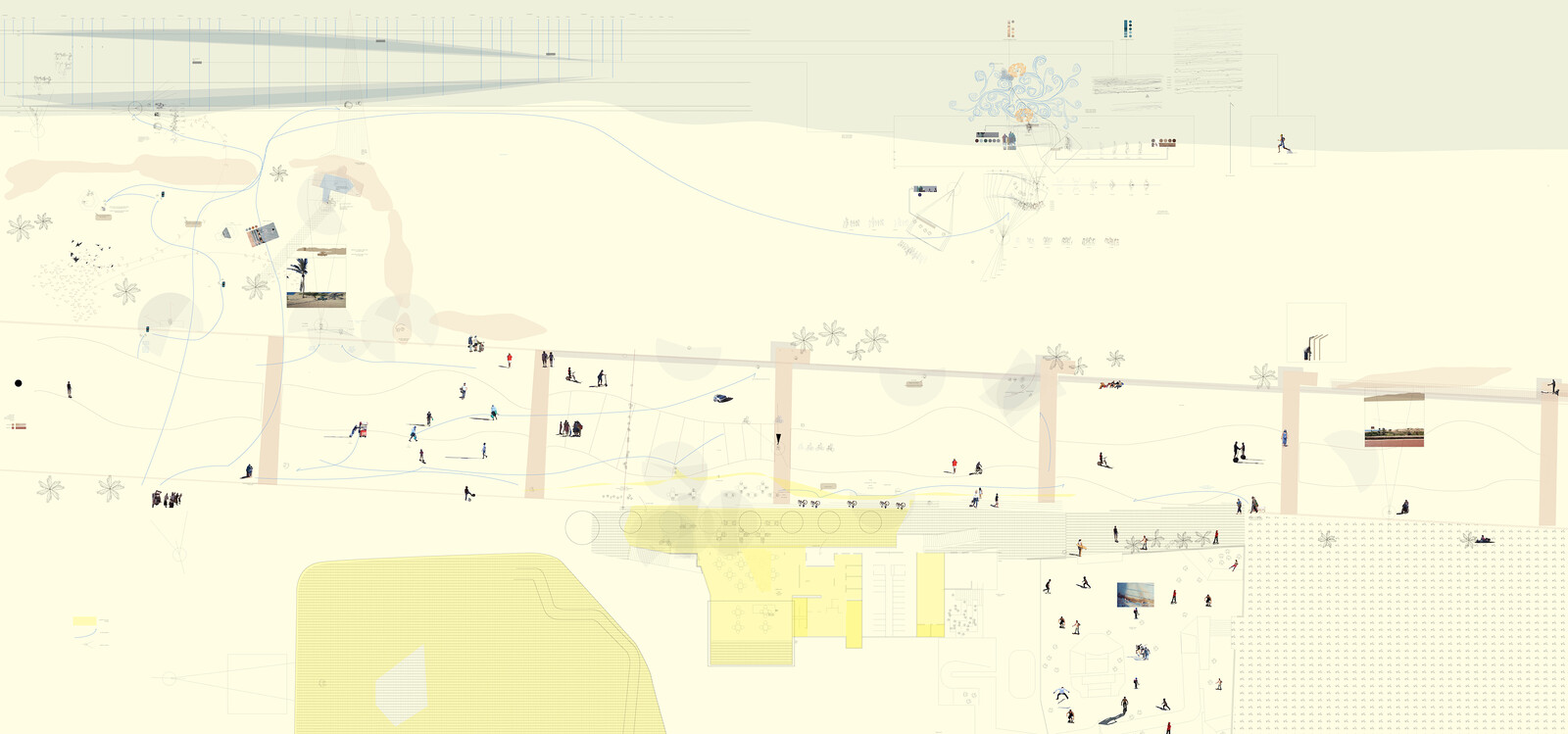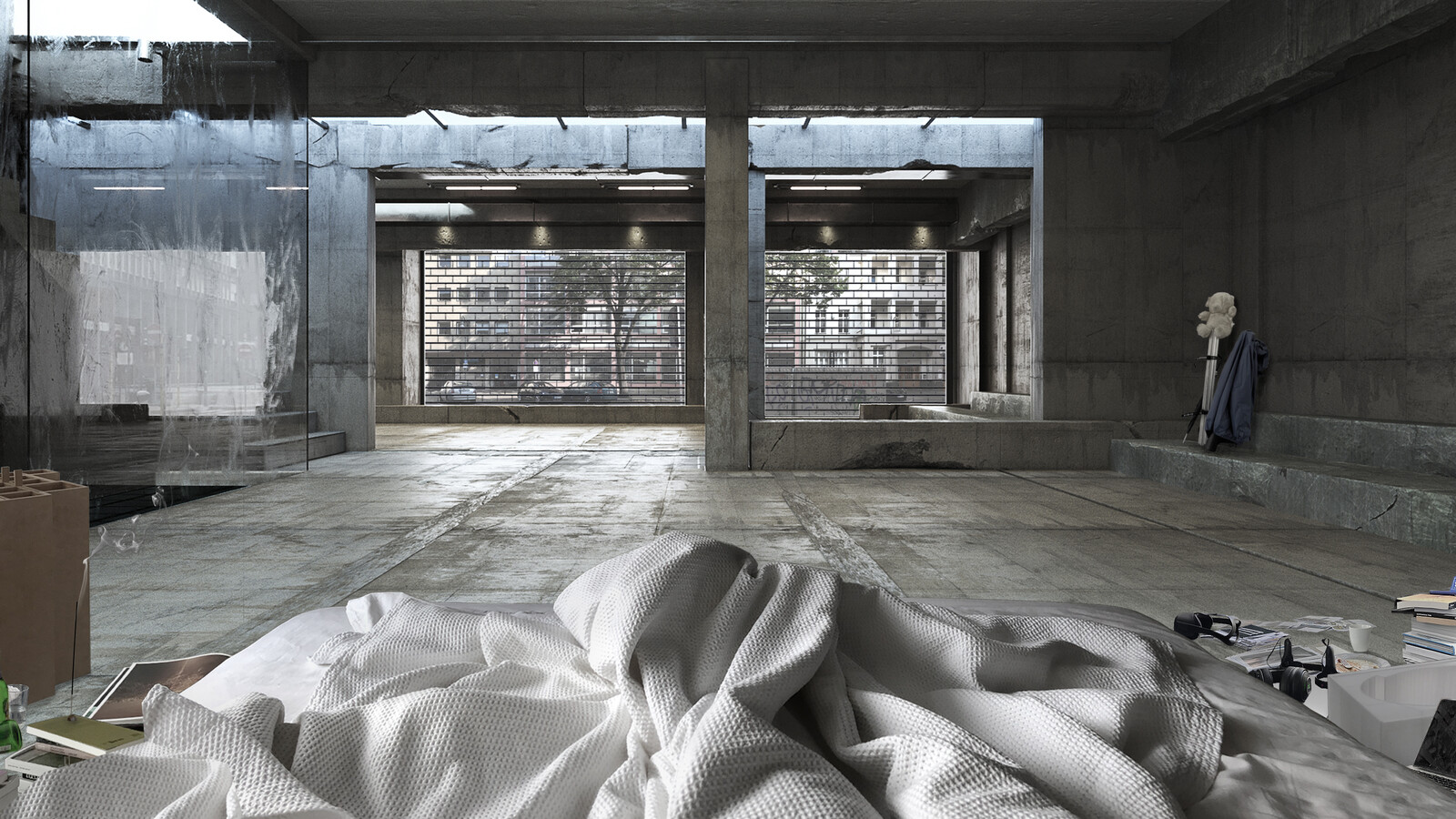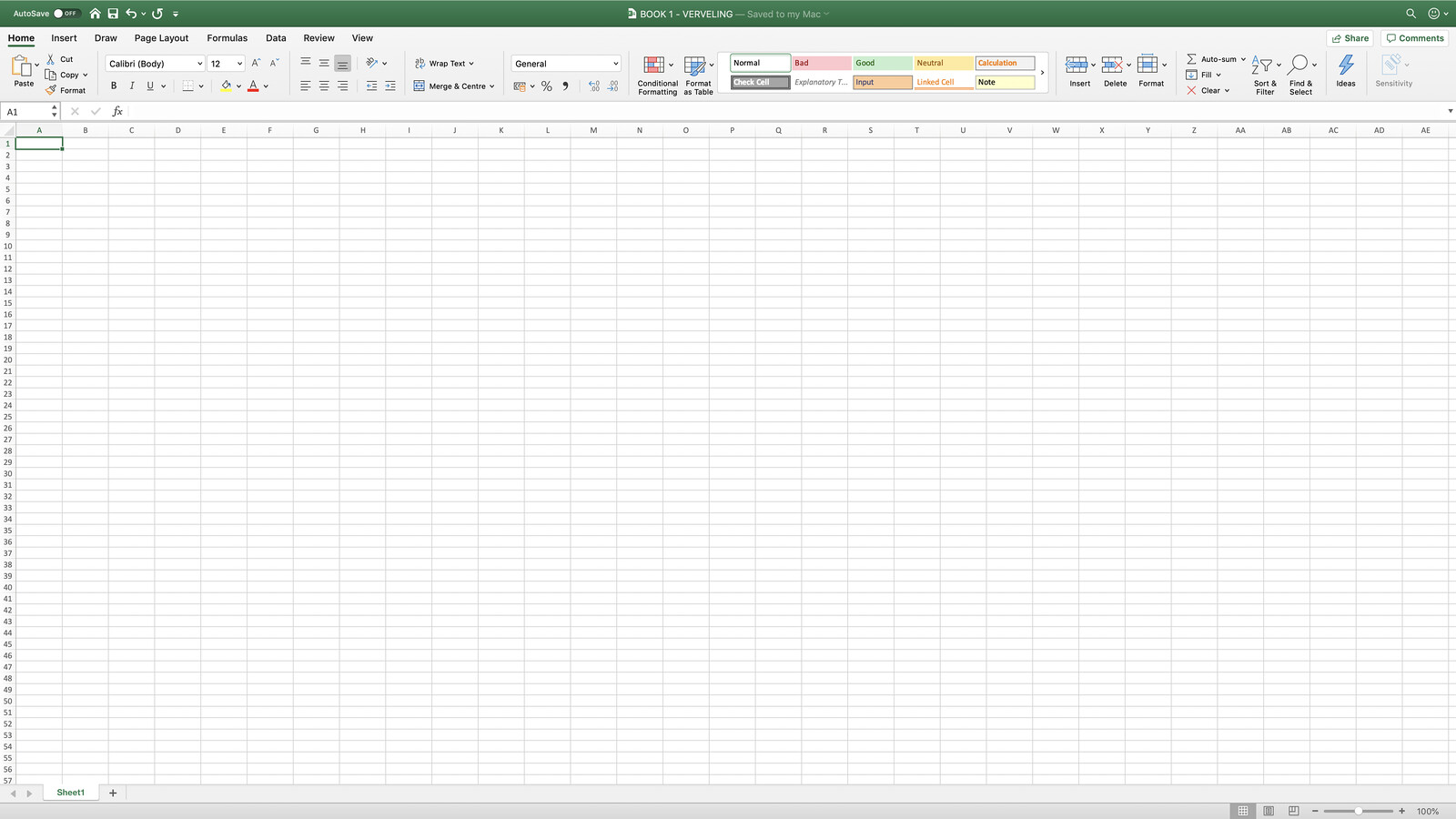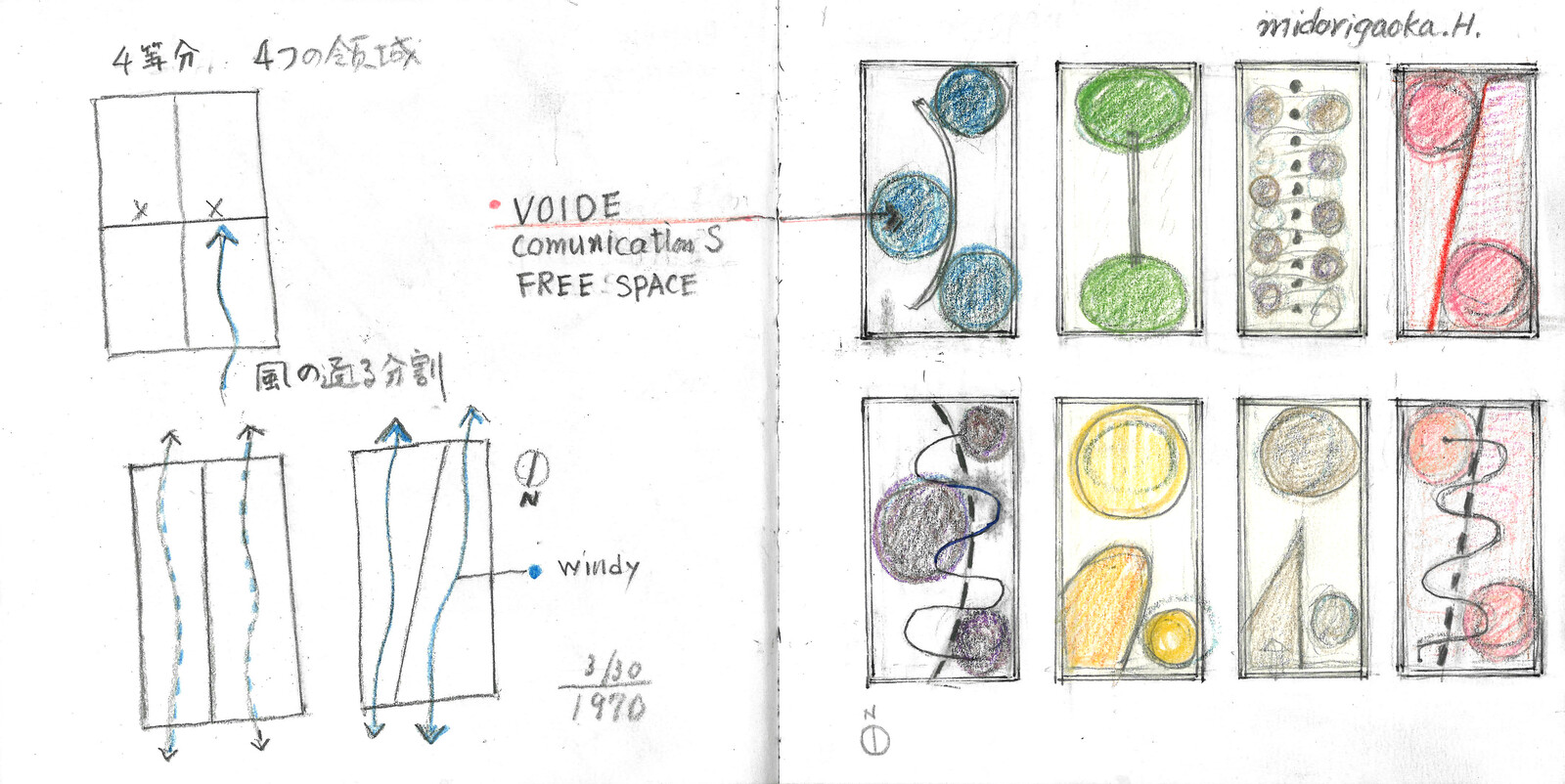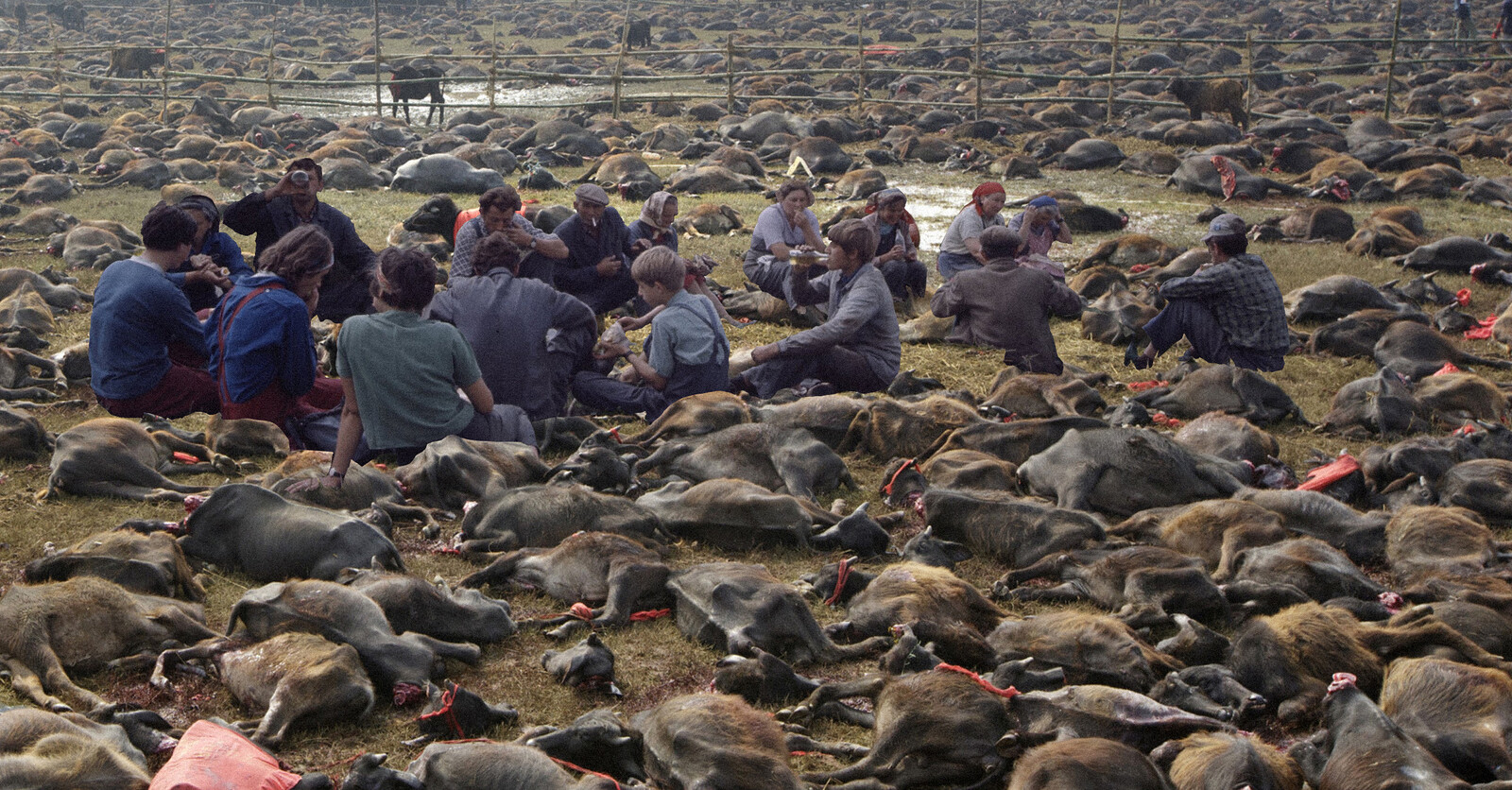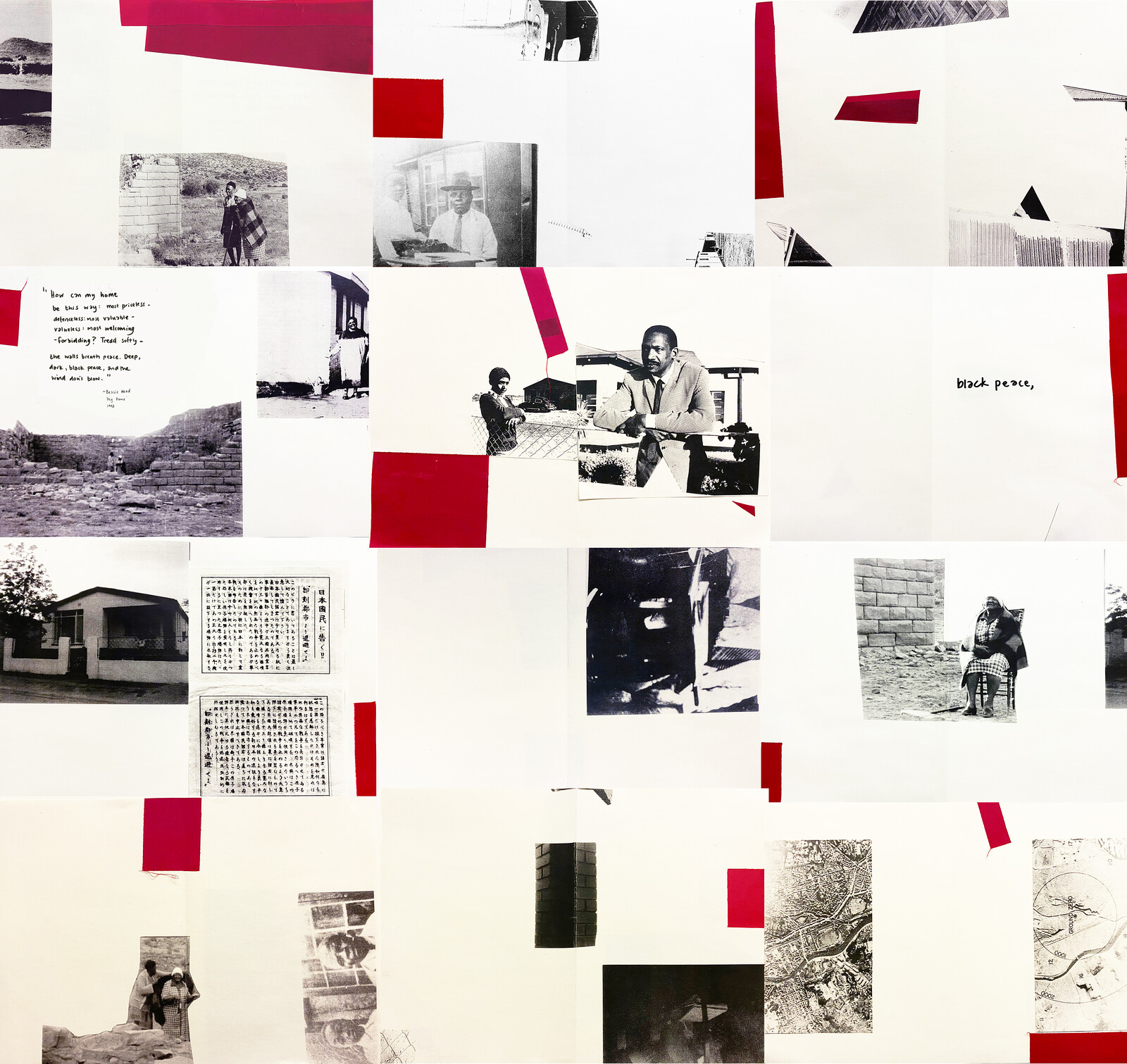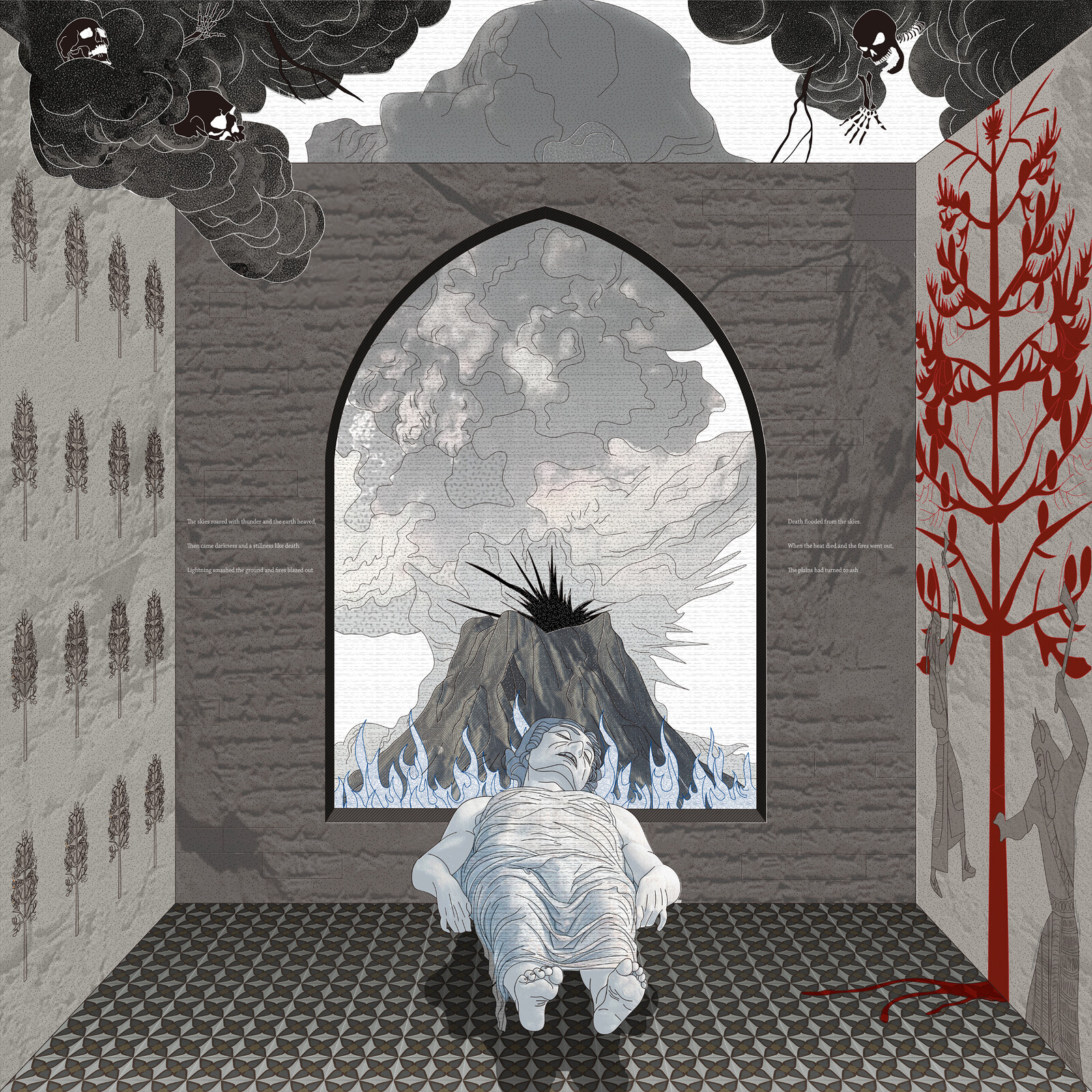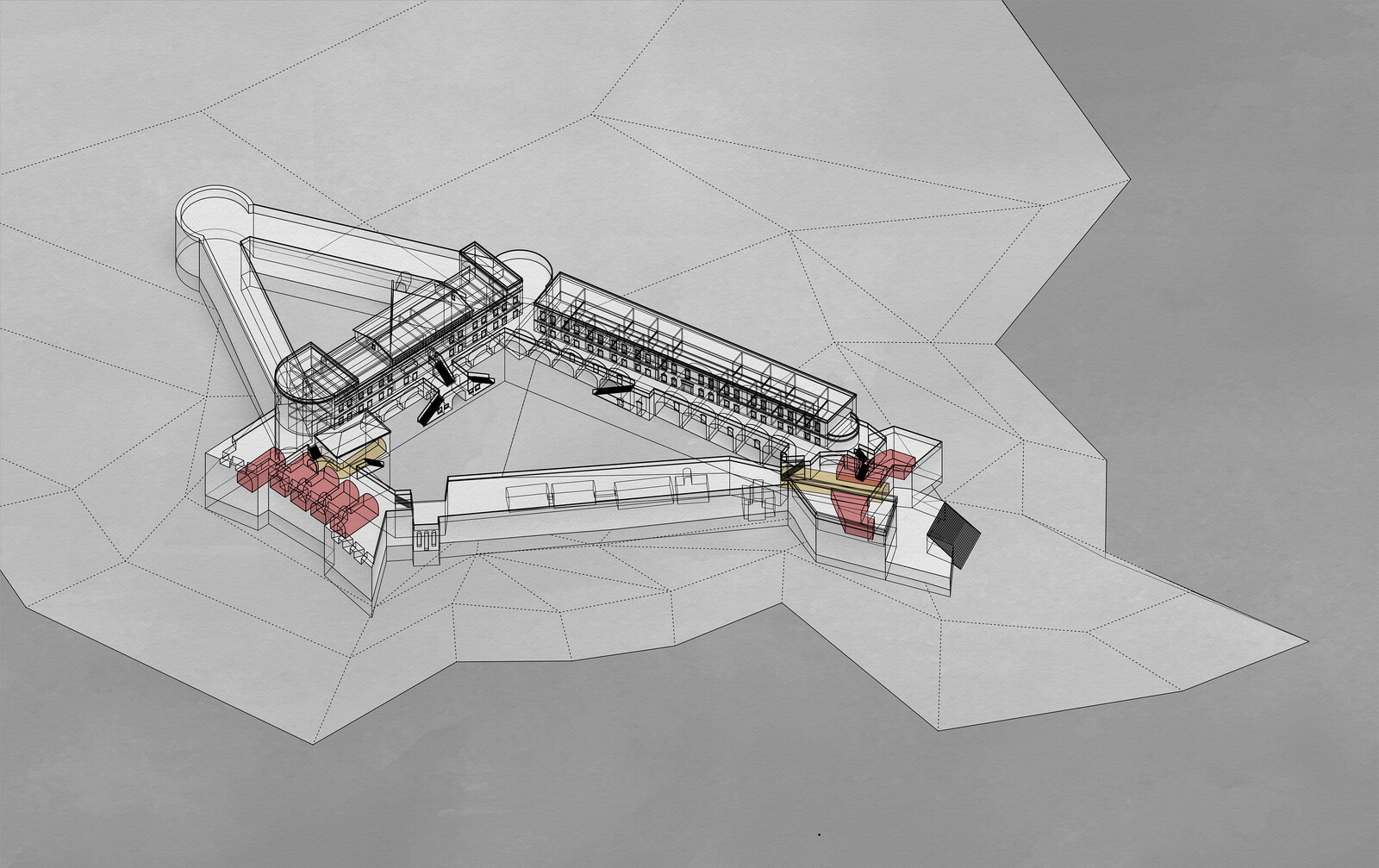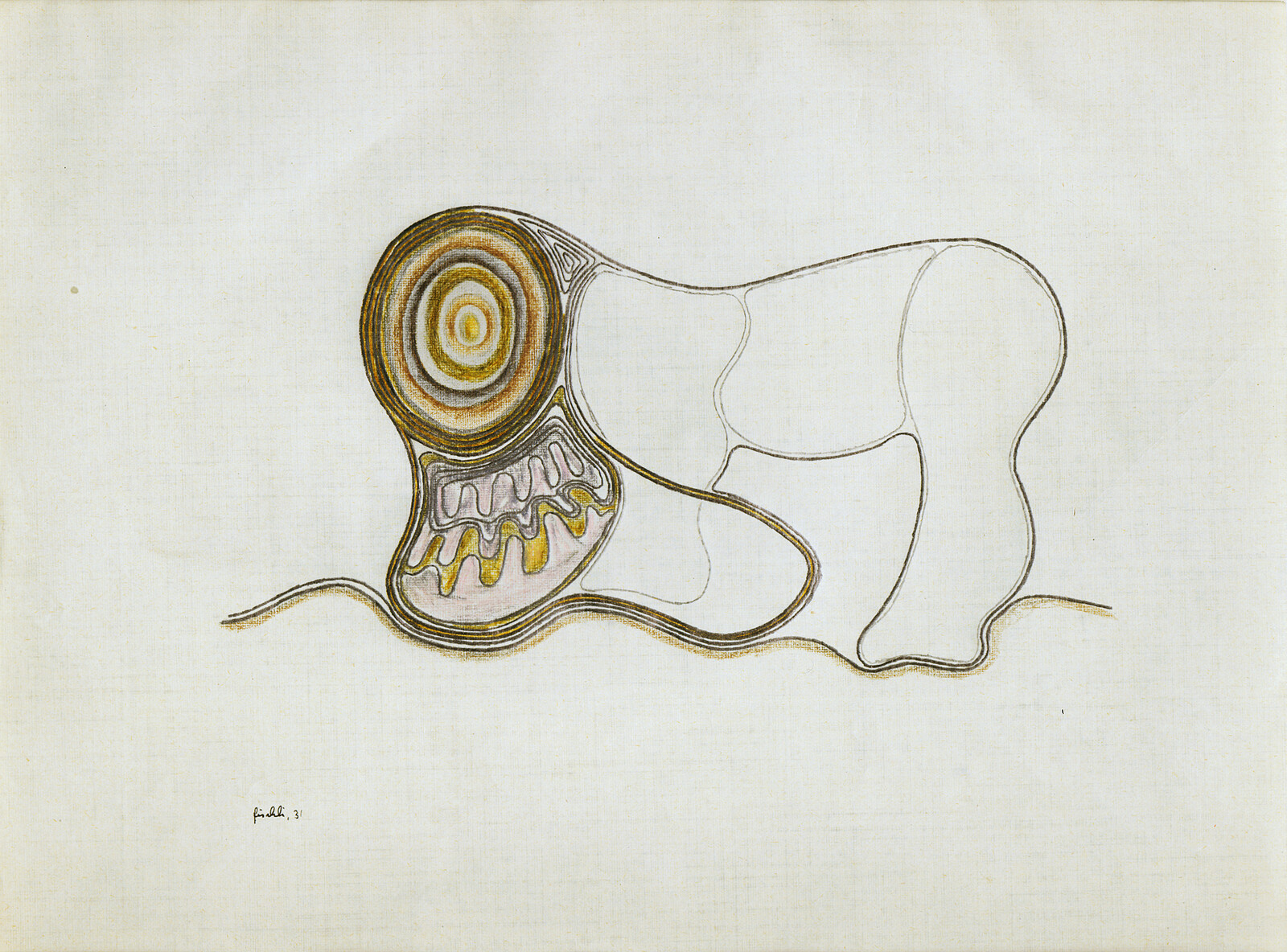The Homogenizing force of capitalism is incompatible with any inherent structure of differentiation: sacred-profane, carnival-workday, nature-culture, machine-organism… 24/7 steadily undermines distinctions between day and night, light and dark and between action and repose.
—Jonathan Crary1
The increasingly aggressive process by which our daily routines have being technologized throughout the last decade has led to a dilution of time without time. And the erase of the differentiation between what have until now been very clear and distinct contexts has led to a homogenization of our machinic social operations.
As Jonathan Crary states, “both one’s bank account and one’s friendships are nowadays managed with identical gestures.” Consequently, apparently unrelated architectures are progressively starting to be managed with the same bodily performance. The conceptual solidity of the architectural program, and architectural typology as such, is dissolving. In the quest for newer and more fluid models, the juxtaposition between apparently opposed cultural conditions is being erased. To work and to live, to produce and to consume, to obey and to protest… All now merge into uncanny forms of complexity. This is the age of oxymorons.
Day vs. Night
Planetary Simultaneity© resurrects the failed Soviet cold war project for a satellite-based system for precise on-demand sunlight control. It offers its users the possibility to erase the differentiation between day and night. The social dependency on time is instantly obliviated. Tokyo and New York’s stock exchange open in sync.
Cities around the world start to synchronize when required. Worldwide events gradually start to decentralize and take place simultaneously. No city will be ever again the host of the Olympic Games; they occur at the same time in a multitude of locations spread around the world. The globe, emancipated from its planetary implications, becomes flat again.
Care vs. Selfishness
The increasing detachment from physical interaction in our societies has led to the reinforcement of a desire for disengaged affection. Remotecare Ltd. provides a solution to the imbalance between affection and egotiism.
Its interactive and customizable robotic bodies are designed down to the last detail. Everything is possible. Affection is manufactured here from the lust for specific abilities, organs, or combinations. Its popularity of has degraded love to a literary nostalgia from the past. Humans are finally free from the dreariness of physical Interaction.
Consumption vs. Production
The merge between work and leisure during the first decades of the twenty-first century has led to a new paradigm of urban cultural practice. HobbyFAC® is the leading international company in producing digital leisure. It employs more than 400,000 young people who approach their hobbies as work. Labor has been freed from its link to production. Labor efficiency is no longer directly related to the quantity of what is produced, and instead to what is consumed. Practices that were originally understood as recreational or leisure, are monitored and converted into consumer products.
Life vs. Work
Home and labor are no longer opposed realms. Instead, they have become radicalized terms of a blurred reality. Work has merged with domestic activities, and domesticity has been released from the home under the command of taking place within labor spaces.
That primary division of labor space and domestic space that sustained the triumph of modernity has been dismantled by the subsequent releases of the personal computer, the world wide web, and the smartphone, among others. The technologies that those devices and systems involve have constructed a change in the medium by which publicness is constructed.
HomeWork Inc. offers a total-living platform for the emancipated contemporary worker. A condition of living that is totally attached to work and vice-versa.
Machine vs. Organism
Nature is no longer a single wild realm from which to take shelter from. The wild has multiplied into manifold “natures,” which are not discovered, but constructed; which are not traversed, but narrated. The wild is no longer a realm from which to be sheltered from, but a realm of shelter.
CustomNatures™️ produces sophisticated natures on-demand. Any possible creature, environment, or climate can be artificially fabricated and delivered worldwide. Nature has been relegated to the past. Everything is now architecture.
Sacred vs. Profane
The capability of architecture to construct enclosed contexts allows for transcendence to be designed. A myth, a religion is built.
BlackBox LLC is a cult to digital production. A global pilgrimage leads its followers to the material abstraction at its very center: a thirty-meter-cubed black polished marble monolith. Following down a steep path, the route leads down to a fifty-by-seventy-meter rectangular plaza where the vision of the monolith is perfectly framed by the sky.
Devotees can work in unison for up to seventy-two hours at a time producing digital culture to be stored inside the monolith.
Domination vs. Emancipation
The ethos of the jail has been denaturalized by the will to construct environments of emancipation.
Voluntary prisoners of Render Jail are confined in small, 1.5-by-2.25-meter rooms where they produce 3D models around the clock. Their creations are instantly uploaded to the cloud and used around the world. They provide new vision. The prison becomes an archive, a space for production, for exhibition, and even for simulation.
Jonathan Crary, 24/7: Late Capitalism at the Ends of Sleep (London and New York: Verso, 2013).
Confinement is a collaborative exhibition curated by gta exhibitions and e-flux Architecture, supported by the Adrian Weiss Stiftung and the ETH Zürich Foundation.
